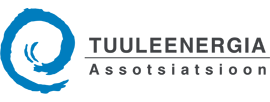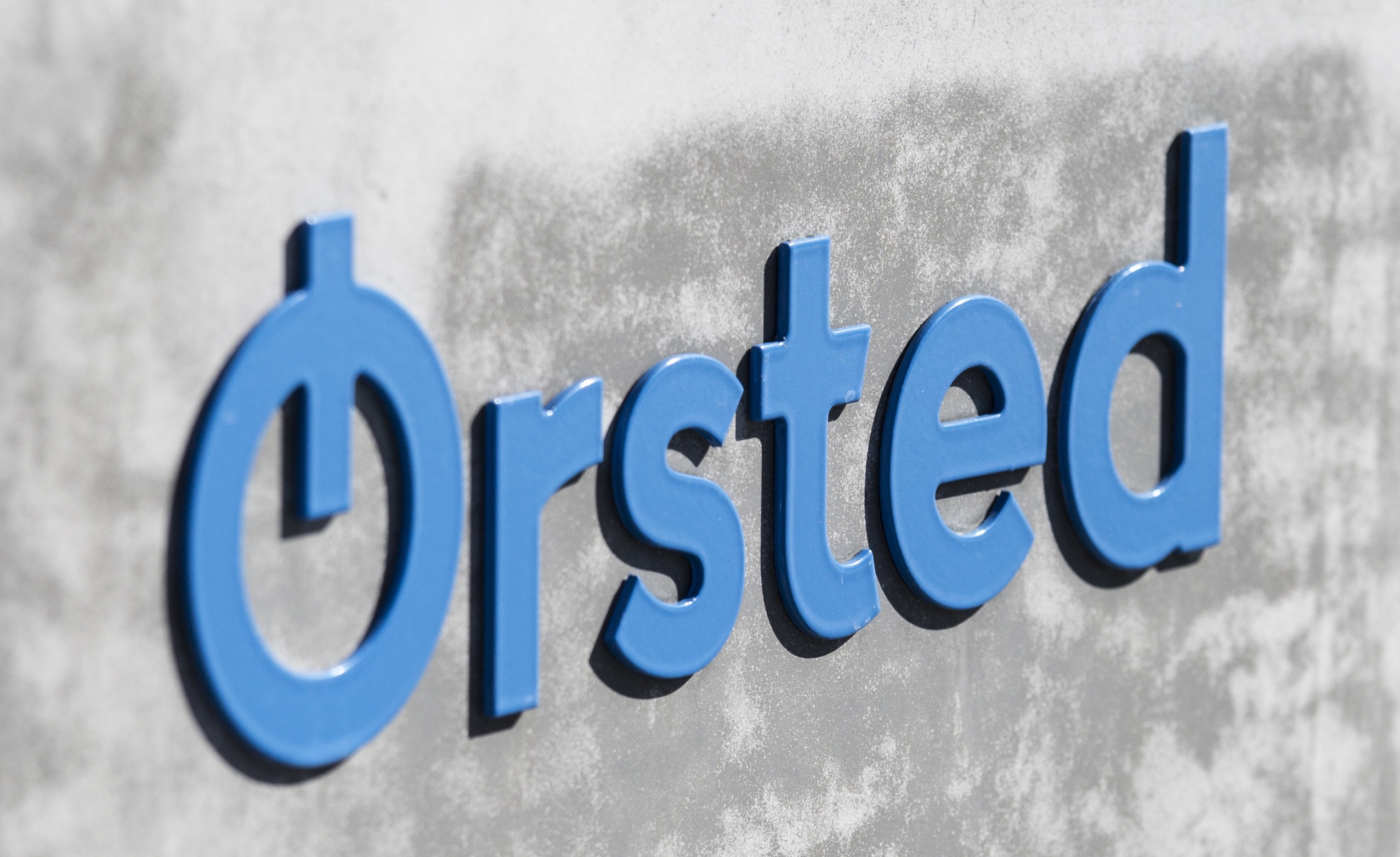Orsted, a Danish multinational power company and global leader in offshore wind, and Enefit, a leading utility and the largest company in the Baltics, on Monday signed a memorandum of understanding which outlines a vision for becoming the leading offshore wind developer in the Baltic countries and sets out a vision to jointly move towards delivering the first offshore in the Gulf of Riga in the Baltic Sea, before 2030.
In September 2020, the Latvian and Estonian governments signed a memorandum of understanding for a joint offshore , and, subject to a supportive regulatory framework for offshore wind being in place, it is Orsted and Enefit’s ambition to deliver this before 2030, according to parent group of Enefit, Estonia’s state-owned energy group Eesti Energia.
As part of the memorandum of understanding, Orsted and Enefit intend to establish a joint venture for the development of offshore wind opportunities in the Baltic countries, including the Liivi offshore wind project in the Estonian part of the Gulf of Riga. Furthermore, Orsted has submitted an application for an area in Latvian waters next to the Liivi site. Through these sites, the partnership aims to pursue a cross-border hybrid solution, which will connect an offshore to both Latvia and Estonia and enable the utilization of the offshore wind transmission cables as an interconnector between the two countries.
“With the right regulatory framework in place, offshore wind can deliver large-scale green energy in Estonia and Latvia before 2030. The sheer size of offshore makes them ideal for cross-border hybrid solutions, and we commend the Estonian and Latvian governments for their leadership in advancing regional corporation on large-scale renewable energy production,” Rasmus Errboe, head of region continental Europe at Orsted, said in a press release.
“The Baltic Sea area is becoming a center for offshore wind build-out which will contribute significantly to the decarbonization efforts of both the region and the European economy. The Baltic countries can to a large extend be powered by renewable energy from offshore wind, and we look forward to team up with Enefit to realize this potential,” he added.
Hando Sutter, chairman of the management board of Enefit, the strategic goal of Enefit is to entirely go over to production of renewable energy.
“The construction of offshore , like the Liivi or North Western Estonia (Hiiumaa) project, could create the conditions for the emergence of a new industry with professional competences and highly qualified long-term jobs in the fields of energy, transport, and logistics. During the construction of an offshore of this size, hundreds of jobs will be created, including in Estonia and Latvia,” Sutter said.
Offshore wind offers a clear green path forward when Estonia and Latvia desynchronize from the Russian grid, and Estonia looks to phase out shale oil as part of its decarbonization efforts. Offshore wind is the most viable option for large-scale renewable energy to deliver high security of supply for the two countries.
In addition to the cooperation within Estonian and Latvian governments developing offshore wind, the EU’s offshore renewable energy strategy proposes to increase Europe’s offshore wind generation capacity from the current 12 GW to at least 60 GW by 2030 and to 300 GW by 2050. The Baltic Sea can make a significant contribution to this target with a potential above 90GW.
In 2020, the EU member states around the Baltic Sea signed the Baltic Sea Offshore Wind Declaration to accelerate the build-out of offshore wind in the Baltic Sea to reach both national and international climate targets.

